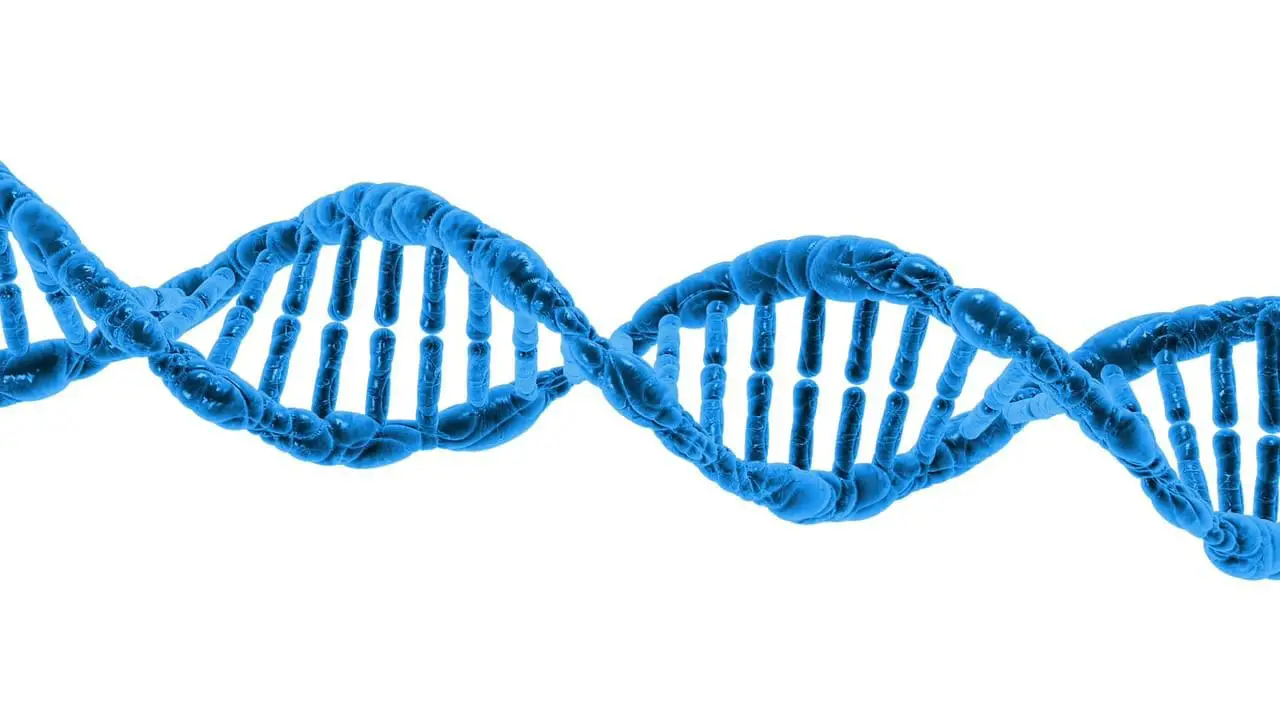Our body is made up of different kinds of elements. The inner structure is formed by a skeleton covered with muscles and then the skin. This is the simplest description of our body.
Key Takeaways
- Collagen provides structural support to the skin, bones, tendons, and ligaments, while elastin provides elasticity and flexibility to the skin and blood vessels.
- Collagen is mostly found in connective tissues, while elastin is located in the tissues that need to stretch and recoil, like lungs, blood vessels, and skin.
- Collagen production decreases with age, leading to wrinkles and joint pain, while elastin production remains constant throughout life.
Collagen vs Elastin
Collagen and elastin are essential proteins found in connective tissues, providing strength and elasticity to the skin, ligaments, and blood vessels. Collagen offers structural support and rigidity, whereas elastin allows tissues to stretch and return to their original shape. As we age, both proteins decrease, leading to wrinkles and sagging skin.

Collagen is the protein secreted by our body to strengthen the muscles. It is abundantly formed when our muscles get injured or tears up due to intense workouts.
Elastin is the protein produced by our body to provide elasticity to the muscles. This protein is abundantly produced during the fetal stage of an organism.
Comparison Table
| Parameters of Comparison | Collagen | Elastin |
|---|---|---|
| Definition | Main protein found in connective tissues | Protein found in elastic-connective tissues |
| Color | White color protein | Yellow color protein |
| Found in | Skin, blood vessels, bones, etc | Blood vessels, skin, etc. |
| Produced during | Throughout the lifetime of humans | Abundantly produced during the fetus period and stops after puberty. |
| Function | Provides strength to the muscles | Provides elasticity to the muscles |
What is Collagen?
Collagen is the protein secreted by our body to strengthen the muscles. It is abundantly formed when our muscles get injured or tears up due to intense workouts.
It is the main protein that is found in ligaments, bones, tendons, etc. It helps to join bone to bone and other parts together. It is very strong and less flexible.
Vitamin A, vitamin C, and copper are very important for the production of collagen in the body. Collagen is produced in the body throughout the life cycle of a human being.
So we need to follow a balanced diet and do regular exercises to maintain the balance of nutrients. Intense workouts lead to breakage and tear in the muscles.

What is Elastin?
Elastin is the protein produced by our body to provide elasticity to the muscles. This protein is abundantly produced during the fetal stage of an organism.
Elastin is less abundant in our body as compared t collagen. But it is found in excessive amounts in the fetus stage, as at that time of development of a body, and elasticity is very needed for the formation of cells.
For example, the increase in height, stronger muscle development in males, etc., all need a huge amount of elastin.
Decreased amount of elastin leads to wrinkles and a leathery look to the skin. It is mainly found in blood vessels and skin. The amount of elastin reduces as we grow old.

Main Differences Between Collagen and Elastin
- The protein called collagen is produced throughout the lifetime of humans. On the other hand, a protein called elastin is abundantly produced during the fetus period and stops after puberty.
- Collagen provides strength to the muscles, whereas elastin provides elasticity to the muscles.
- https://www.annualreviews.org/doi/abs/10.1146/annurev.biochem.77.032207.120833
- https://www.sciencedirect.com/science/article/pii/S0065323305700139

The relevance of maintaining a balanced diet and regular exercise for collagen production is well articulated in the article. Additionally, the information on elastin’s importance during the fetal stage offers a fascinating perspective on the body’s development.
The reference links provided at the end of the article offer further opportunities for in-depth exploration of this subject. I appreciate the inclusion of reputable sources to support the content shared in the article.
The comparison table provides a clear and concise way to understand the differences between collagen and elastin. I appreciate the detailed explanation of how collagen is formed and the importance of vitamins A, C, and copper in its production.
The breakdown of the main differences between collagen and elastin clarifies their unique roles in maintaining muscle strength and elasticity. The article effectively communicates these distinctions, contributing to a deeper comprehension of the body’s inner structure.
The article effectively explains how both collagen and elastin decrease with age, leading to wrinkles and sagging skin. This insight is valuable in understanding the importance of these proteins in maintaining skin elasticity and overall body strength.
The detailed breakdown of collagen and elastin’s functions and differences is very informative. It’s clear that both proteins play essential roles in maintaining our body’s structural integrity and overall flexibility.
I’m impressed by the scientific clarity of the article, particularly regarding the differences between collagen and elastin. The content is well-structured and offers a comprehensive understanding of these important proteins within the human body.
I found the information on elastin’s abundant production during the fetal stage very interesting. It’s intriguing to learn how this protein is crucial for the development of the body, contributing to stronger muscle development in males and other key factors.
This is a very informative and well researched article. I learned a lot about the different elements that make up our body, including the crucial collagen and elastin proteins. It’s great to know that collagen strengthens the muscles and that elastin provides elasticity to the muscles.
The information on the impact of elastin reduction with age, leading to wrinkles and a leathery look to the skin, provides valuable insight into the aging process and skin health. The article effectively communicates the significance of elastin in skin maintenance.